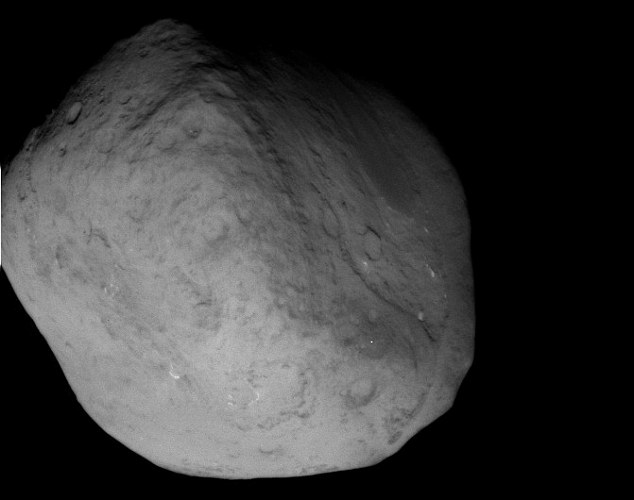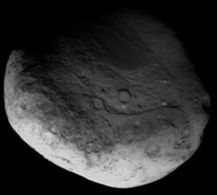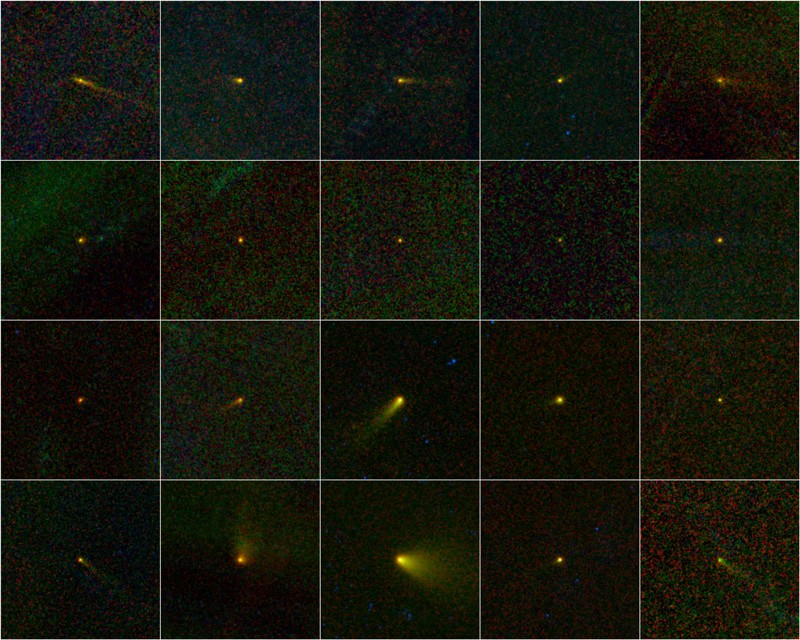AbstractThis paper provides an alternate theory for comet behavior and shows comets to be planetary, lunar, and asteroidal bodies in their formative stages. It demonstrates that tail matter is attracted towards an asteroidal comet nucleus by strong electrical forces. Additionally, two charging mechanisms are identified, both of which produce a net negative charge on the comet nucleus. This is supported by data from recent space probes.
Comet wandering, sunward spikes, a shrinkage of the coma as the comet approaches the Sun, curved tails, the gathering and maintenance of meteoroid streams, spiraling of tail material, and the rapid orbital circularization of large newly captured comets are also discussed.
Earlier papers used similar concepts to predict the existence of strong electrical fields in the vicinity of Saturn, showing Saturn and its ring system to be analogous to the Sun and its zodiacal disk. The realization of the proton wind-supported capacitors of Saturn and the Sun led to a number of unexpected theoretical considerations that included,
- the recognition of the charging process used by comets
- the postulation of an ion and dust cloud held back by solar wind pressure near the orbit of Jupiter - which is one source of comet tail matte
- a postulated electric dipole red-shift in photons leaving the central star
Still another theoretical result was the possibility of an electrically induced magnetic dynamo powered by a planet spinning inside the orbit of a slightly charged moon. Empirical correlation between moons and magnetic fields has been known for some time, though the wandering of our Moon has remained an unsolved mystery.
An attempt is made to explain solar system formation from the time a newly formed twin star system leaves the galactic center to when it develops its solar system by the capture of comets. The reader's knowledge of planetary encounter and N-body literature is assumed since it is basic to the paper but unreferenced.
However, the text by T. J. J. See, which develops the first capture theory for the origin of the solar system (OSS), is indispensable. A major result of this paper is also the quantization of' Newtonian space. Finally, the link between planetary formation, geomagnetic reversals, and biological evolution is examined.



Comment: For more information about this type of phenomenon see:
Dome of the Rock UFO and Kazakhstan Comet - Something Chaotic This Way Comes